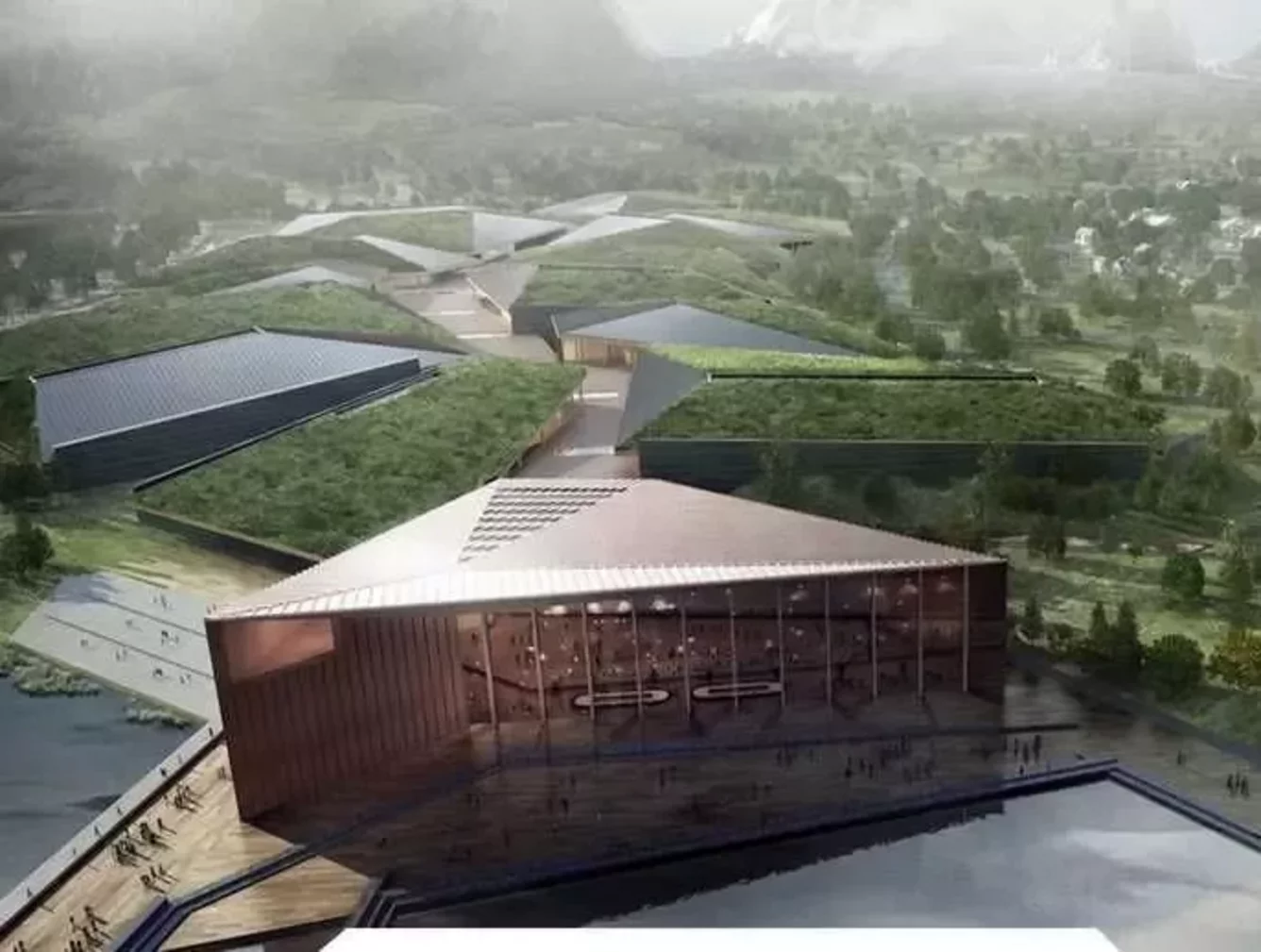
Data centers are critical to powering our digital world, but their effectiveness depends heavily on where they are built. A poor site location can lead to high operating costs, security risks, and performance issues, while a well-chosen location ensures reliability, efficiency, and long-term scalability. That’s why site selection is one of the most important decisions in data center architecture.
So, what exactly makes a site location ideal for a data center? Let’s explore the key factors.
Climate and Environmental Conditions
One of the biggest considerations is climate, since it directly impacts cooling needs.
- Cooler climates reduce the cost of air conditioning by allowing “free cooling” through outside air.
- Stable weather minimizes risks of natural disasters such as hurricanes, floods, or earthquakes.
- Low humidity prevents equipment corrosion.
By selecting regions with favorable climates, architects reduce both risks and long-term energy consumption.
Access to Reliable Power
Data centers are massive energy consumers, making access to reliable and affordable power essential.
- Sites must be near high-capacity power grids.
- Availability of redundant power sources ensures uptime.
- Proximity to renewable energy (solar, wind, hydro) supports sustainability goals.
A location with limited power supply or unstable grids can compromise operations and raise costs.
Connectivity and Network Infrastructure
Since data centers exist to store and transfer information, connectivity is critical.
- Sites should be close to major fiber optic networks.
- Redundant connections are required to avoid downtime.
- Proximity to end-users reduces latency for faster service.
Strategic positioning near network hubs ensures reliable and efficient data flow.
Physical and Cybersecurity
Security is a top priority in site selection.
- Remote but accessible locations limit exposure to threats while remaining practical for staff.
- Sites should allow controlled access points and perimeter defenses.
- Local stability (political and social) reduces risks of disruption.
The right location minimizes both physical and digital vulnerabilities.
Land and Scalability
A good data center site isn’t just about the present—it’s about the future.
- Ample space for expansion accommodates future demand.
- Flat, stable land reduces construction challenges.
- Affordable real estate ensures long-term financial viability.
Architects plan with scalability in mind, ensuring facilities can grow with technological needs.
Sustainability and Regulations
Environmental responsibility and compliance with regulations are also key.
- Locations with supportive government policies may offer tax incentives for green energy.
- Compliance with zoning laws and building codes prevents costly delays.
- Sites with access to renewable energy sources support corporate sustainability goals.
Balancing compliance with eco-friendly design creates long-term value.
Professional Insight in Site Selection
Choosing the right site requires balancing dozens of technical, financial, and environmental considerations. That’s why working with experienced professionals is so important. Firms like data center architects Stendel + Reich specialize in evaluating and selecting optimal sites, ensuring that data centers are built for efficiency, scalability, and resilience.
Conclusion
A great site location for data center architecture balances climate, power availability, connectivity, security, scalability, and regulatory compliance. Each factor plays a role in ensuring data centers operate reliably and cost-effectively while meeting future demands.




